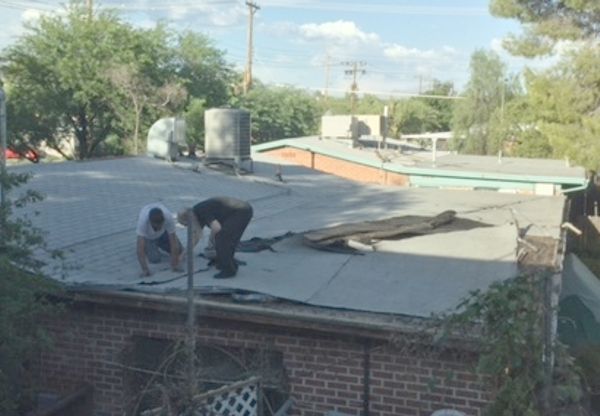I originally purchased this PL-630, for $32, from Ebay (she came from Hawaii), intending her to be a hangar queen (parts unit). However, the "Restoration Artiste" in me (inherited from both of my parents) would simply not let me break her up for parts. I enjoy a good challenge and this girl provides that, in spades.
She is badly corroded, inside and out, and looks like she has made a couple of passes through a hamburger grinder.
It has taken me a full 10 years to acquire the parts I need to to make her sing and turn heads, once again. So many folks that are parting out gear feel that their parts are made of gold, so patience is imperative.
I want to publicly give kudos to my friend, and fellow AK'r, @CohibaJoe , who refused to sell me any parts. Instead, he prefers to give them to me as gifts, and toss in the shipping as well. I have seen him step up for several others here as well. This fellow is one of AK's finest. Great karma be upon him.
Initially, I did not intend to restore this unit, so I never did an initial assessment. However, after 10 years in my inventory stacks, it is time to effect a resurrection. Here are the assessment results:





More to come, as developments develop...
Enjoy,
Rich P
She is badly corroded, inside and out, and looks like she has made a couple of passes through a hamburger grinder.
It has taken me a full 10 years to acquire the parts I need to to make her sing and turn heads, once again. So many folks that are parting out gear feel that their parts are made of gold, so patience is imperative.
I want to publicly give kudos to my friend, and fellow AK'r, @CohibaJoe , who refused to sell me any parts. Instead, he prefers to give them to me as gifts, and toss in the shipping as well. I have seen him step up for several others here as well. This fellow is one of AK's finest. Great karma be upon him.
Initially, I did not intend to restore this unit, so I never did an initial assessment. However, after 10 years in my inventory stacks, it is time to effect a resurrection. Here are the assessment results:
- Due to some previous shipping event, the dust cover, plinth, tonearm & gimbal, counterweight, and platter have been badly damaged (likely from the platter and counterweight bouncing around under the dust cover during shipping).
- The silkscreen on the control panel has been almost completely scuffed off
- The plastic of the power and signal input panel has been rendered crumbly and destroyed
- The tonearm rest is crumbly and broken off
- Two feet are missing their pads, and the suspension is completely collapsed
- The foot boots are completely rotted to tiny bits
- The baseplate is badly corroded
- The tonearm internal stop does not limit back rotation
- The headshell is missing
- The tonearm lift function is inop, and no tonearm drive motor activity
- The "Auto" and "Disc Size" selection functions are inop
- The "Speed Select" control will select nothing but "45"
- The "Start/Stop" control is completely inop, and is seized up
- The platter is exhibiting "run-away" (rotation at maximum speed and torque)
- The platter wants to start up in the reverse direction 1/2 the time
- The meter is slow to respond, and inconsistent in presentation





More to come, as developments develop...
Enjoy,
Rich P




